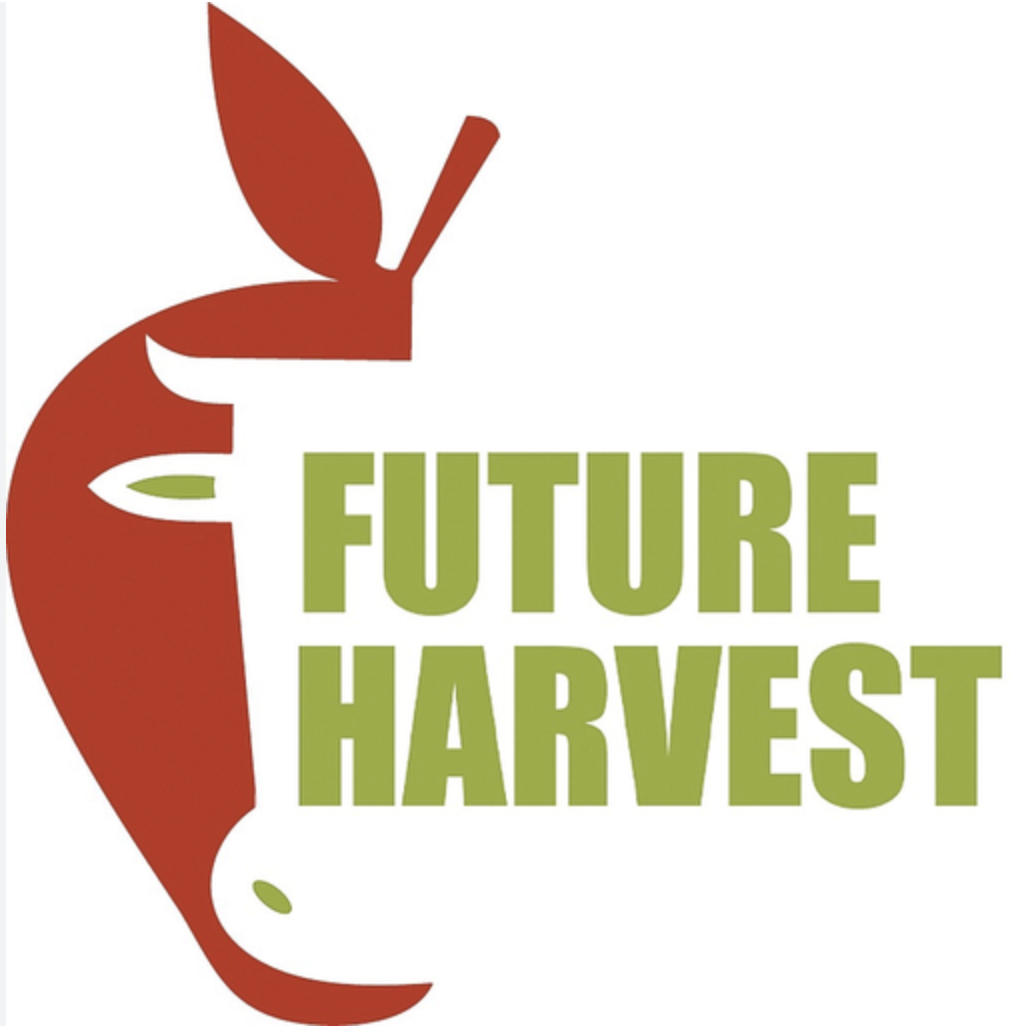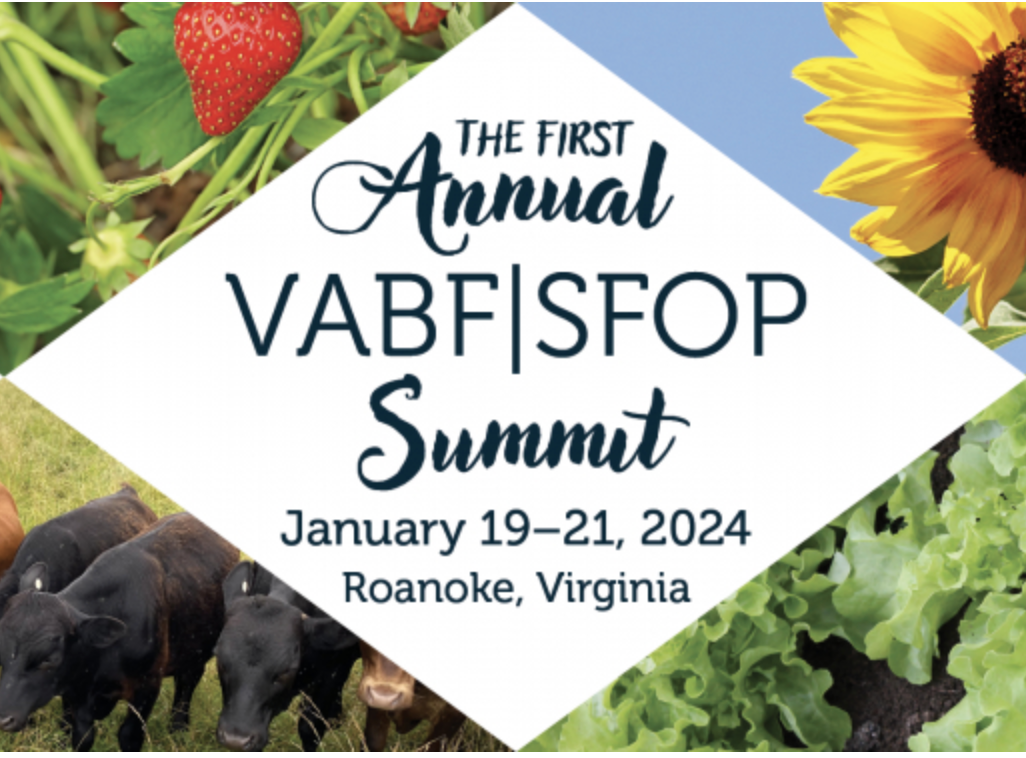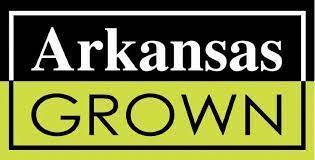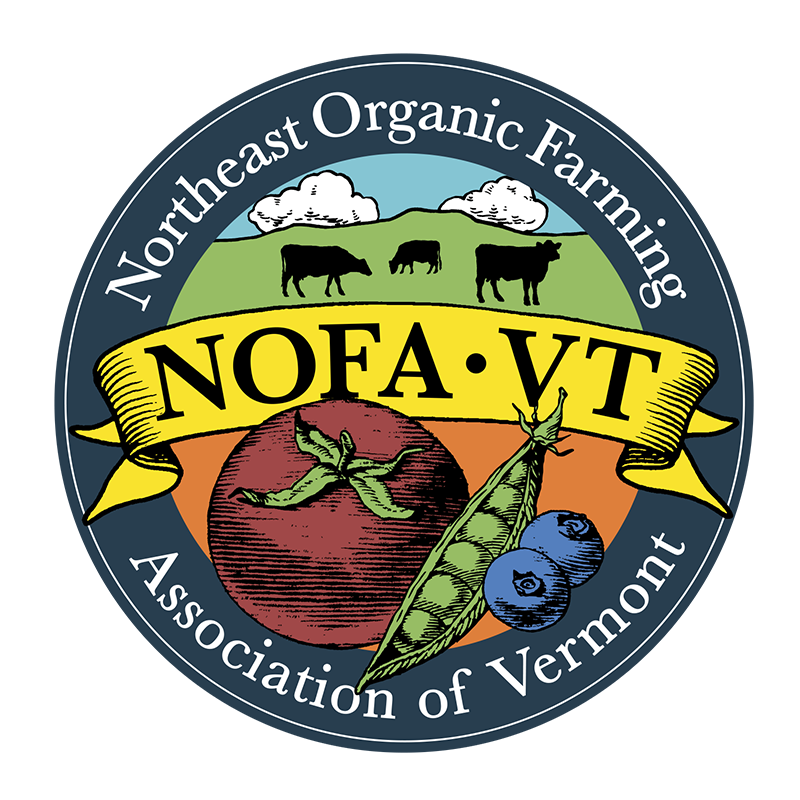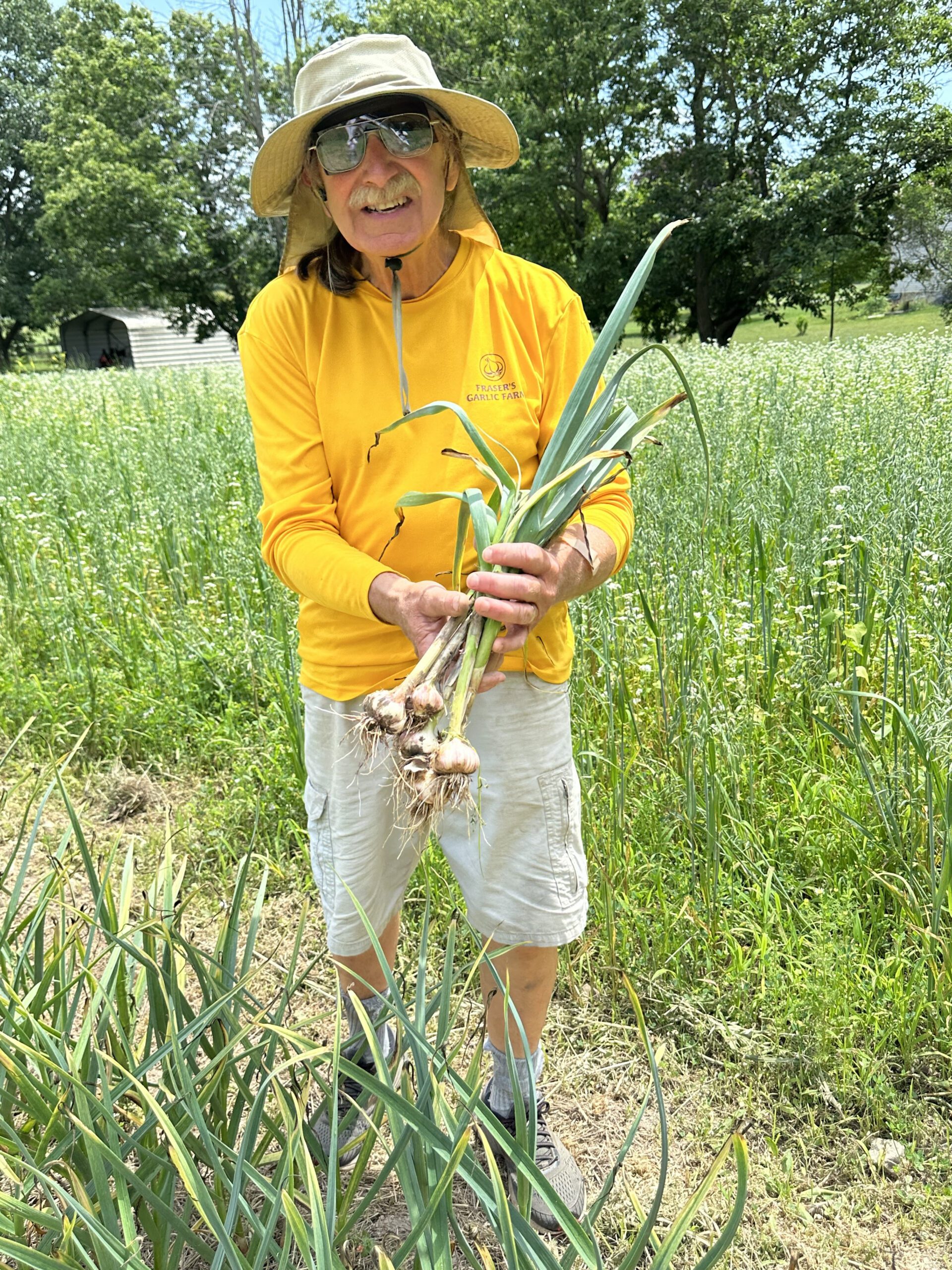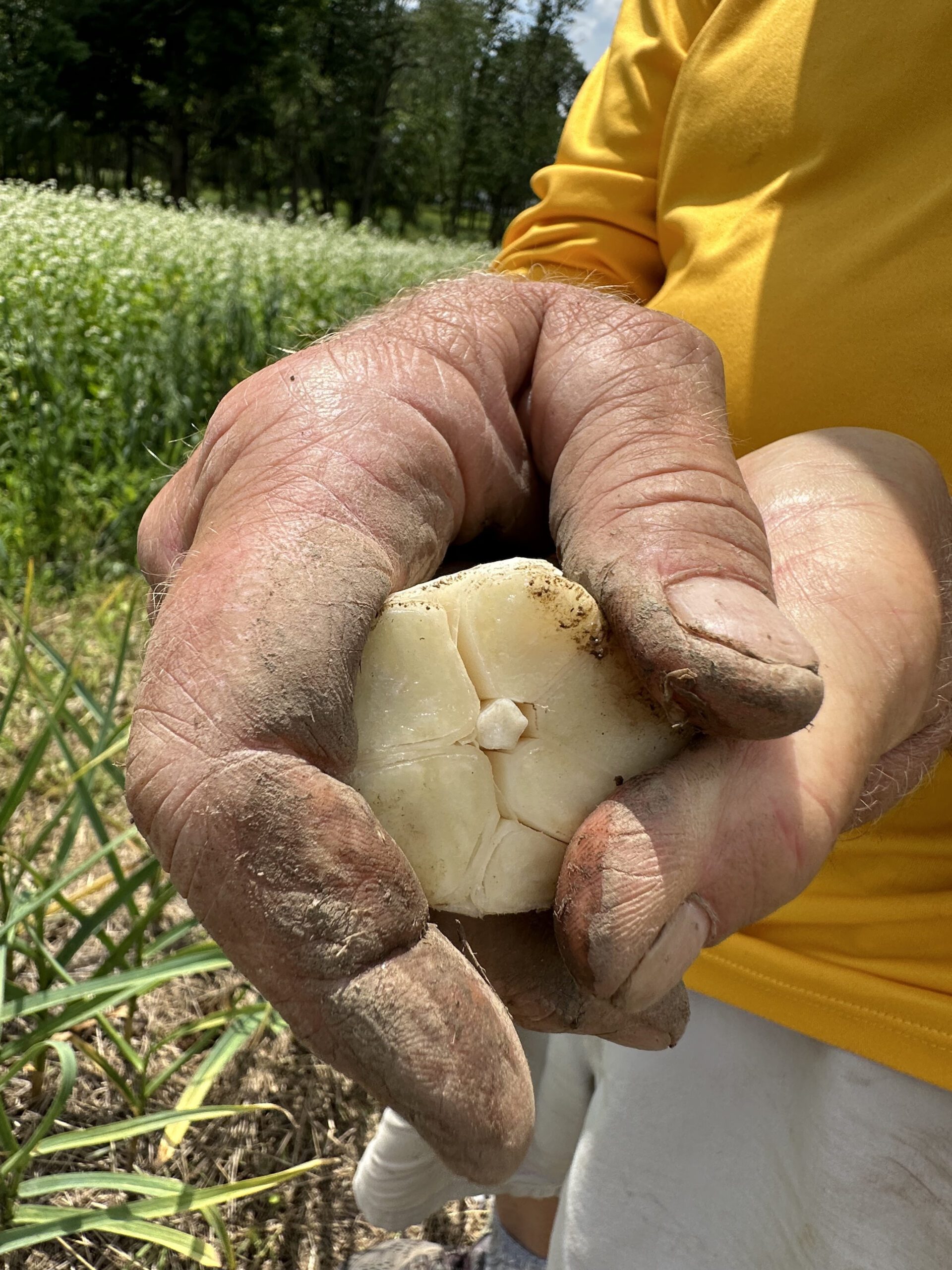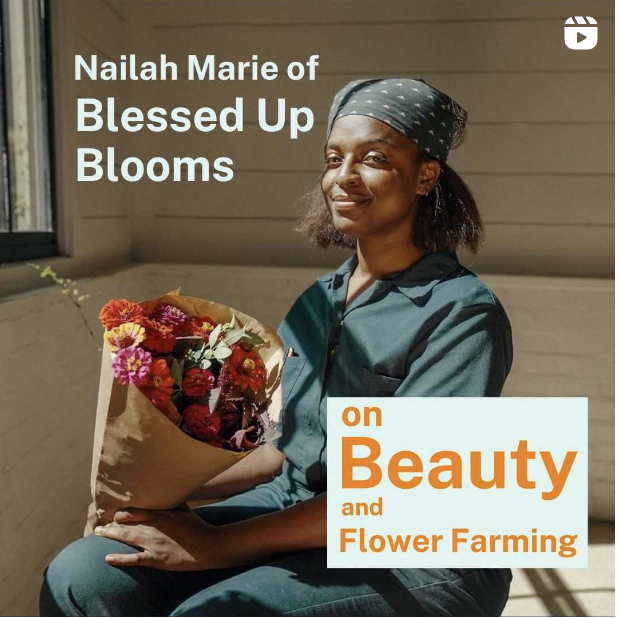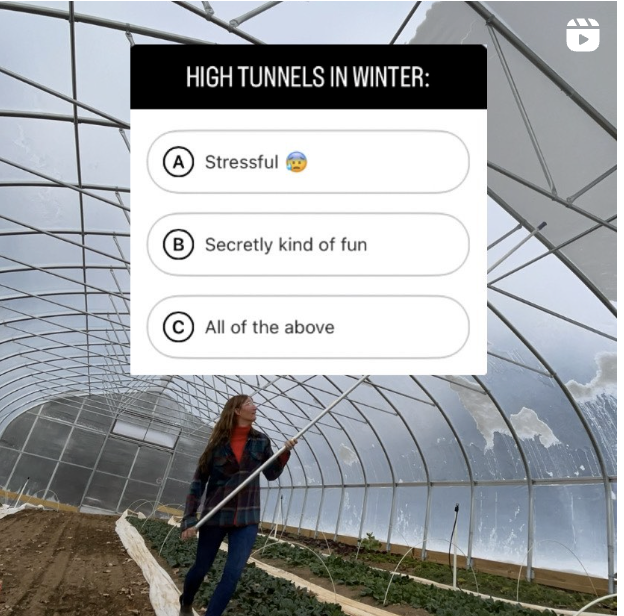Boulder County Farmers Market: At the Market: Nourish skin with products made from locally grown herbs
You’ve heard of farm-to-table. Now, let us introduce you to farm-to-skin.
Colorado Aromatics is a natural skincare company that creates its products from herbs they farm themselves. As the owner and founder of Colorado Aromatics, Cindy Jones plays equal parts scientist and farmer. After obtaining her Ph.D. in biochemistry and molecular biology from the University of Cincinnati College of Medicine, she spent years doing cancer research, medical writing and teaching classes. But after a while, she began to crave a career that offered more balance as she raised her children.
She and her husband, George, purchased a farm in Longmont and set off on an entirely new venture: founding their own herb farm and creating a skincare company that honors nature. As a biochemist, Cindy knew the research behind the beneficial properties of herbs and how to use the principles of chemistry to bring them to their fullest potential. She traded her lab coat for overalls as she began Colorado Aromatics, which is home to an entire catalog of herbs that includes fields of lavender, lemon balm, parsley and some tulsi she is experimenting with.
While these herbs are grown to support Colorado Aromatics, Cindy sees the ecosystem her farm creates as equally important as its final products. Colorado Aromatic’s farm is Certified Naturally Grown, a grassroots and peer-led certification process awarded to farms and producers whose farms operate in harmony with nature. Last summer, they cataloged 87 wildlife species on their property, including insects, birds and mammals that seek refuge at their farm. “Farms are more than just food,” Cindy noted.
Because of this, Colorado Aromatics pushes the envelope on what “natural skincare” can truly be. Cindy harvests, dries, distills and extracts her herbs on the farm before taking them to her processing facility to turn them into their signature moisturizers, face mists and other beauty products.
Just like you might choose to feed yourself healthy, locally grown foods, Colorado Aromatics allows you to treat your largest organ — the skin — with the same attention to detail. Plus, since all products are grown and made in Colorado, their body care line caters to our local climate (yup, we mean dry skin) and the active lifestyle many Coloradans are accustomed to.



